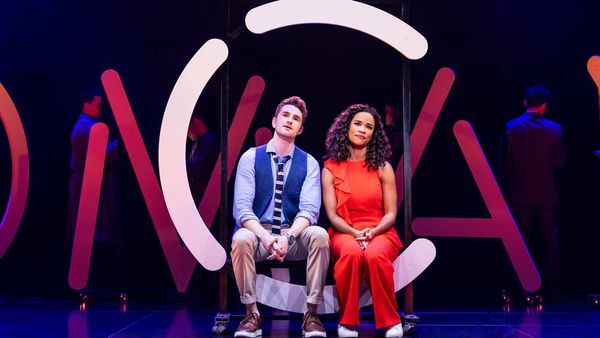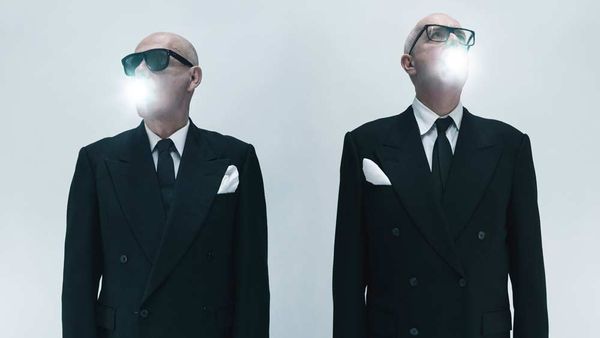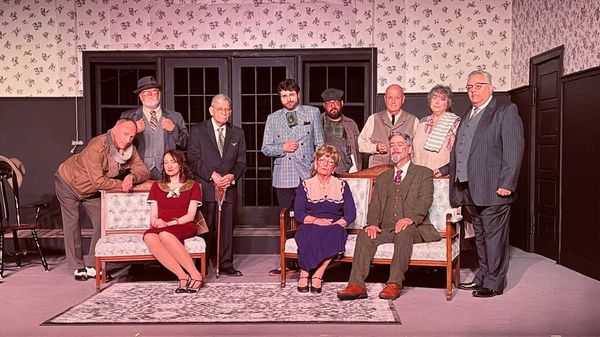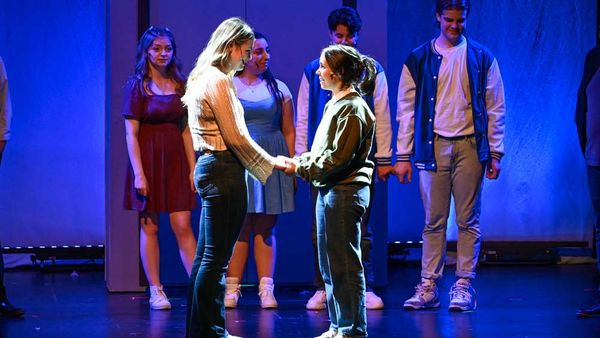Apr 9
Review: 'High & Low – John Galliano' Tracks the Disgraced Out Designer's Ascent, Fall, and Renaissance
Karin McKie READ TIME: 4 MIN.
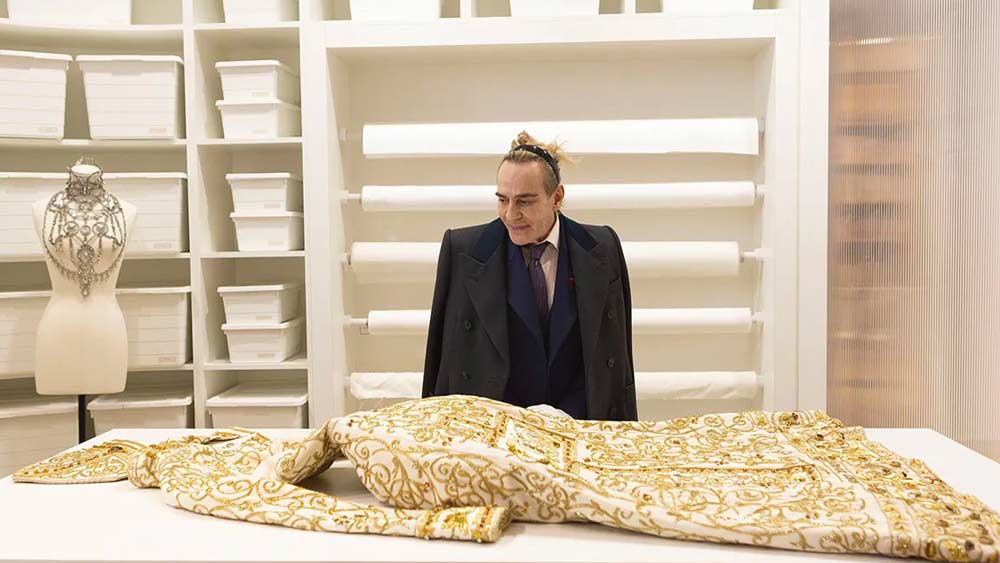
Kevin Macdonald's moody, two-hour documentary "High & Low – John Galliano" points a shrewd lens on the rise and fall of the British ready-to-wear and haute-couture fashion designer, as told through archival footage and interviews with fashion mavens, models and stars like Charlize Theron, Penelope Cruz, Lenny Kravitz and Aerosmith's Steven Tyler.
Galliano started his career in 1980s London during the Thatcher years. Born in Gibraltar to a well-dressed Spanish mother and a strict, violent plumber father, Galliano knew he was gay from an early age, and used his passion for fashion to escape homophobia at home, school and church. "Fashion seduced me," he recalls.
He studied drawing and sketching at Saint Martin's School of Art alongside like-minded people. Initially, Galliano was a suburban kid into fashion labels before he was introduced to clubbing and Soho vintage shops. As he grew into adulthood, he became an out-of-control drunk as he shopped at theater costume sales to create a New Romantic look.
Galliano continued his theatrical bent after working as a dresser at the National Theatre. He was also influenced by watching a Napoleon movie (which manifests throughout his career as well as this documentary), and his art school graduation show focused on the "incroyables" ("incredibles/unbelievables"), Paris' fashionable aristocratic subculture at the end of the 18th century. His 1984 fashion show was deemed astonishing by critics, as well as having "incredible energy and passion, touched with genius." Most of the pieces were genderless, and featured coats that could be worn inside and out. His first catwalk show in 1985 featured models with trees in their hair, throwing fish, and some wore wet muslin with his stamp on their foreheads, for which Galliano won the Designer of the Year Award.
But Galliano's clothes were complicated to wear and sell, with little "hanger appeal." The designs were beautiful, but sales dropped. After every collection he would crash, according to friends and co-workers. He would drink and watch show videos over and over, feeling "bruised and vulnerable." Unable to secure British funders, he took shows to Paris, even though "the French looked down on us." He preferred to cut fabric on the bias, and when the fibers reacted to body heat, "they would just melt, mercurial on the body."
Interviewee and model Kate Moss remembers how Galliano taught her to walk the runway. He turned all his models, many of whom were topless, including Amber Valetta, into actresses to inhabit the storyline of each collection, which conveyed a constant theme of escape. The shows were exciting, but their creator remained financially unstable. "Talented people aren't often business people," one says.
Notable icons like Vogue editor-in-chief Anna Wintour and fashion journalist André Leon Talley, along with top models of the day like Naomi Campbell, Linda Evangelista, and Christy Turlington, rallied for free around Galliano for a show. He pioneered the theatricality of modern fashion shows, and he placed audiences in front of the walking models so they could admire the cut of the clothes, hear the rustle of taffeta and silks, and smell their perfumes. He also popularized the black slip dress for the next decade.
House Givenchy brought Galliano in as the first Brit to head a Parisian house in 100 years, to revive its previously dowdy and boring lines for new, younger clients. He was also asked to be artistic director at Dior, but became overwhelmed with designing up to 32 collections a year with multiple aspects like shoes, watches and jewelry, bags, sunglasses, and cruise and children's wear.
He took trips for inspiration for all aspects of his presentations, including music and flowers. But some of his shows were more like costume parades, virtually unwearable. Some of his hobo-chic creations were thought to make fun of unhoused people (and might have inspired the "Derelicte" collection show in the film "Zoolander").
Galliano's father died, seemingly causing his son to become more vain and obsessed with the gym. But he was at the vanguard of fashion becoming more important in modern society, even as his coworkers had to "feed the appetite of the monster" and deal with his increasing arrogance. He was banned from 20 London hotels and started using cocaine, Valium, and other prescription drugs, which caused him to become emaciated.
He started to lash out in public. There were three recorded incidents at Paris' Café de Perle where he drunkenly berated fellow customers with racist rants. What he first dismissed as "in vino veritas" later made him "horrified, ashamed and embarrassed." Actor Natalie Portman, the face of Dior, spoke out against him, and he spent two months in rehab in Arizona. He went to court in Paris in June 2011 for antisemitism charges. He attempted to reach out to Jewish leaders and Holocaust educators, who weren't sure of his sincerity.
But, sober for 11 years, he returned to Dior in 2022. This documentary expertly chronicles Galliano's talent and torment as the designer aims once again at acceptance and redemption.
"High and Low – John Galliano" can be watched in theaters and on most streaming services starting April 26.
Karin McKie is a writer, educator and activist at KarinMcKie.com

